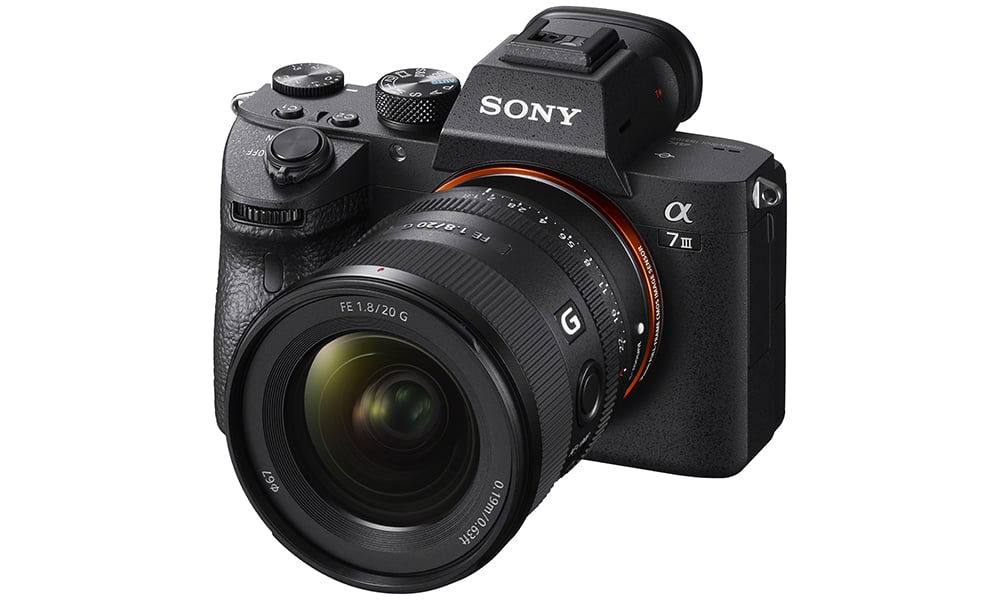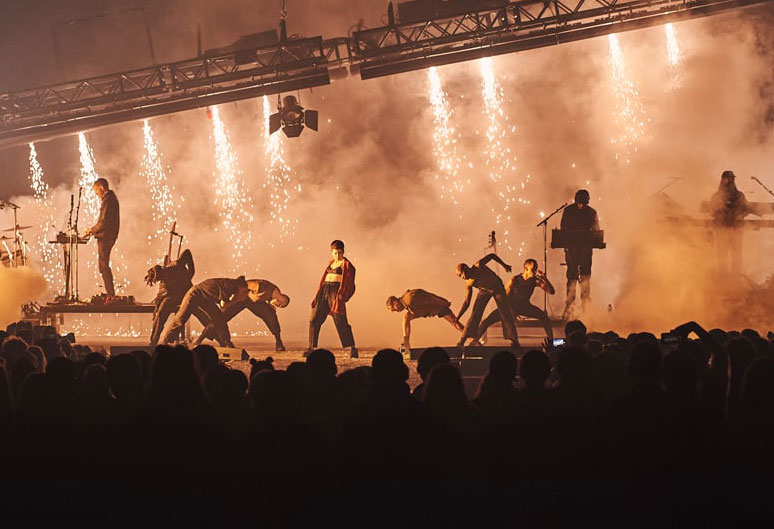Fast, expensive and heavy. Flagship camera bodies launch into the world on a bow-wave of macho fanfare as every photography store and tech blog (Fixation included) shouts “Have you heard the new Spec?!” Promises that you will capture the action are rouseing but, in the interest of balance, we asked some Fixation customers why they choose flagship camera bodies for a wider range of subjects.
Recently we featured music and food photographer Justine Trickett on Nikon, and live theatre & performance photographer Johan Persson on using Sony.
This time corporate and hospitality photographer Mark Weeks explains how the 1D series from Canon has been the cornerstone of his business since 2005.

The Canon 1D series has been part of my arsenal since the very early days of my business. When I finished photo school in 2005 I knew that to compete at the top level, I’d need a top-level camera. As I had always shot with Canon, but which body and lenses to get were a bit of a minefield. As I was fresh out of school, I asked existing pros what they were using. The consensus was the 1DS series, and most had the 24-70mm and 70-200mm lenses.
Doing the research was the easy part. Buying it was a bit more of a stretch. The cost for a newly graduated student was quite steep, but I figured it was a solid investment in my business. At the time I had a landlord who was a filmmaker—he advised me to buy the best I can afford (or thereabouts) and go from there. If you’ve got the gear, you’ve got one step ahead of the competition. Around that time a friend who is a fashion photographer pulled me in to look at two prints: one shot from a 1DS and the other made with a 5D. She asked me which was which. While they were fairly close, I was able to discern a marginally better quality from one of the shots—which ended up being the 1DS shot. Whew! It was enough of a difference to convince me I’d made the right decision.
After seven years with that camera body, I moved onto the 1DX. I bought two bodies and kept the old lenses. The new camera brought some really good new features, and the quality was better than the 1DS (as it should have been!). I’d taken on a few video commissions and we did a test of the video on the 1DX and the 5D. The 1DX won hands down. Once again, I knew I’d made the right decision, as image quality for me is paramount.
I work mainly with large international businesses and hotel groups. My clients demand the best, and as I have chosen to go after this market, I need to do everything I can to ensure I deliver accordingly. The value of having the 1D series is the confidence that I have the best that Canon has to offer. I keep my gear in good knick and expect it to last a long time. While I have the confidence in the system I have, it is not without its own set of issues. Soft focus when shooting at f2.8-3.5 still gets to me. The camera says it’s focused on the eyes, but in reality it’s focused on the lapel…and of course the weight. The camera is heavy. I find a monopod most useful as the day bangs on (my own walking stick of sorts), but it works for me. The price is not for the faint of heart, but it’s well worth it. I’m planning to move onto the latest and greatest this year, the EOS 1DX mark III, and have full faith that it will serve me well for another chunk of my career.

Mark Weeks produces photography and video for international businesses and hotel groups. See more of his work at markweeks.com
Canon released its new flagship DSLR camera body the EOS 1DX mark III in January.













